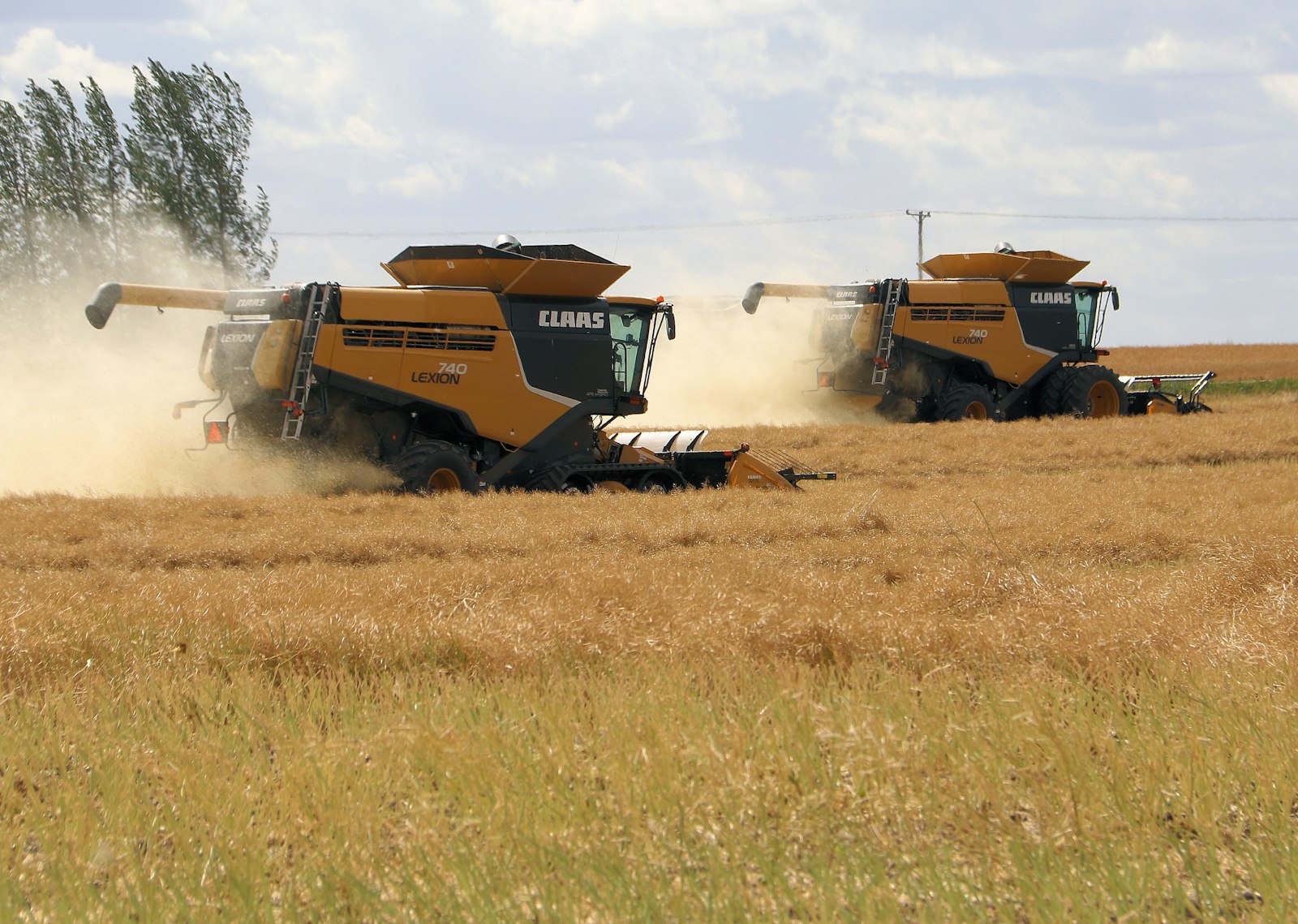Malinoski was an interesting pick by Toronto this past summer. He wasn't exactly off the board, and in the fifth round I don't think there is such a thing at that point. But Malinoski was a relatively unknown player. The 2022/23 season was the first time he had ever really played in any kind of a major junior league – but it was the AJHL, which is far less known or competitive than the big junior leagues in North America.
But his history explained why it took him that long to get past AAA hockey – he had suffered a life and career threatening injury right when kids his age were being drafted to the CHL. And the pandemic coming right after he had his comeback to any competitive hockey at all.
The Maple Leafs are known for looking for prospects – overagers or otherwise – who are on later development curves than others for these kinds of reasons. Nick Abruzzese, Fraser Minten, Easton Cowan, and Nick Moldenhauer have all been through some similar circumstances — later arrival to top junior leagues, seasons interrupted by COVID, injuries and health issues causing them to miss important times in their development when it comes to building draft hype.
Malinoski being a relative unknown and playing in the AJHL, which is impossible to watch retroactively, made him a curiosity for me going into this season. I could only see highlights of him, which are hardly enough to give a real impression of a player's total ability on the ice. That's why I've watched all 11 of his NCAA games so far this year, more than any other player except Easton Cowan (for the same reasons). I wanted to get a good, complete idea of how he looks on the ice.
So let's talk about what I've seen.
STATS & CONTEXT
Malinoski has spent this entire season as Providence's second line centre, playing on the second powerplay unit from the point/high wall and rarely on the penalty kill. He has seen his usage and responsibility at even strength increase bit by bit over time, as by now he's regularly the one taking the most faceoffs, starting games and periods, and being out there in big moments.
He is tied for 5th on the team in scoring with 7 points in 11 games, where all of the players ahead of him are on the top powerplay ahead of him. He's also 2nd on the team in shots on goal, so he gets his chances and is tied for 2nd on the team in goals.
For context, Providence has a pretty even set of lines, where all of their top nine forwards are pretty close in production. The big difference being powerplay time/production and maybe a bounce or two. Otherwise, at even strength their usage has been pretty even rather than relying on one dominant player or line. They don't have one star player who's well ahead of everyone else.
So while he is not The Guy on Providence, Malinoski has been one of The Guys. Providence has been a surprisingly good team this year, starting well down the rankings but climbing all the way up to 5th among Div I schools, thanks to wins over other top ranked teams like Michigan and Denver.
Compared to the rest of the NCAA for his age group (U20), Malinoski is narrowly in the top 30 with a good rate of production for his age and usage but far from the cream of the crop. Most of the elite producers are all top first round picks playing together on top NCAA teams – mainly Michigan, Boston College, and Boston University. But as a 5th round pick? Malinoski is within the top range for undrafted and non-first round picks for his age group in the NCAA. So in that sense, his production is at least satisfactory.
SCOUTING REPORT
Production on its own does not give a complete picture for how he's been playing, and how much of an impact he's had on the ice for his team. Now that I have a chance to watch full games of his, and I've watched almost every game of his so far this season, I can finally see how he really looks on the ice. It's a lot different than just watching highlights where all I see is him actively doing something good.
But that doesn't tell you anything about the times between the highlights. It doesn't tell you how they look when they don't have the puck and how they are impacting the ability to create more offense. It doesn't show their defense, their transitions, their forechecking and all the other little things that can help contribute to a team's success that does not show up on the scoresheet, not unless it directly leads to a goal.
My impression from Malinoski's highlights from the AJHL last year is that he was a mostly offensive minded player. He had a good shot and liked to use it, and at that level he was good at it. But a lot of his production came on set possessions on powerplays, and it was tough to see how he handled the bulk of play at even strength.
What I'm seeing now is that he has more of a complete game to him. He's a solid skater with good speed and acceleration, and okay agility. He's effective at skating hard north-south to forecheck, get in on the defense and be a menace to create turnovers. And while he's not at the same level of a Matthews, Marner, or Knies as far as stick lifting and stealing pucks, he's pretty good at it too. He has a good sense of leverage and body positioning so he can go into a corner with a defenseman and find ways to come away with the puck – again, not at Knies' level but better than most. He also applies the same skating, effort and stick work on the back check and defending the neutral zone. Here are some examples of all of this:
Finished rewatching #LeafsForever prospect Hudson Malinoski's first NCAA game. I thought he was very strong. Made some good, if simple passes. He was surprisingly quick and good defensively (creating turnovers in the NZ), and was a menace on the forecheck.
— More like Nikita GREATbyonkin (@brigstew86) October 8, 2023
He's #9 in black. pic.twitter.com/6G6r5JMBo2
Those are the kinds of things that I look for in a prospect for me to think they have a legitimate chance to be a useful depth player, at the very least. The small things that can help a team out, and allow them to be effective in a "safe" manner. We're talking about a fifth round pick here, so having potential as an actual NHL bottom six guy would be a huge win considering how few players drafted that late ever play in the NHL at all.
As far as the more "exciting" skills, he does have some interesting elements to his game. His best offensive ability is his shot, which can be quick and powerful and is a weapon that his team always uses on the powerplay. He plays either on the point next to the defenseman, or on the half-wall to tee up a one-timer. When playing at the point, he chooses to either shoot or distribute it if he doesn't see a good shooting lane.
Looking forward to seeing more of this! #LeafsForever prospect Hudson Malinoski scores his first NCAA goal, and it is a vintage curl and drag snipe on the powerplay.pic.twitter.com/pgLgnz8sGX
— More like Nikita GREATbyonkin (@brigstew86) October 8, 2023
#LeafsForever prospect Hudson Malinoski blasts a one timer on the powerplay for his third goal of the year.pic.twitter.com/j9cJKe2ZbF
— More like Nikita GREATbyonkin (@brigstew86) October 22, 2023
He also has a pair of pretty nifty mittens, with some quick hands that can pull off the odd dangle in tight. This is helpful for allowing him to get his shot off through or around traffic, but it is not at a very high level – so it doesn't allow him to get a high level of dangerous shots through. It's a nice thing for him to have, and there's an off chance at his age that he can improve this skill enough that it can still work for him often enough at higher levels of hockey. But as of now, even in the NCAA it's not something he pulls off often enough to be considered a great strength of his.
#LeafsForever prospect Hudson Malinoski (#9 in grey) with a great set of hands coming off the boards to tie the game 1-1 on the powerplay. He has 2 goals and 3 points in his first 4 NCAA games. Great environment in the building for two top 10 NCAA teams! pic.twitter.com/grUDL7fYUC
— More like Nikita GREATbyonkin (@brigstew86) October 20, 2023
As a passer, Malinoski is okay. He's good at completing the easier passes and you can rely on him not to miss his man and turn it over very often. But Mitch Marner he is not. He's good enough to be used on a second PP unit from the point, because he can handle the puck and make passes to the other point-man or down low without creating a dangerous turnover. But he's not going to break the game open with a creative pass through multiple defenders very often either.
Honestly, after watching Malinoski a lot to see his strengths and weaknesses, he reminds me a lot of Pontus Holmberg. Neither have very high level skills, but have a combination of effort, positional intelligence, good enough skating, and good enough skill to become an interesting depth prospect. That's not a bad bar for Malinoski to try and reach.
Holmberg spent four seasons after being drafted slowly but steadily improving in Sweden for four years before coming to North America. He wound up being his team's top center, won an SHL championship and playoff MVP, and played in the Olympics during the pandemic. By the end of Malinoski's 3-4 year NCAA career, he has a good chance of finishing as Providence's top center and help them make some deep tournament runs as well.






